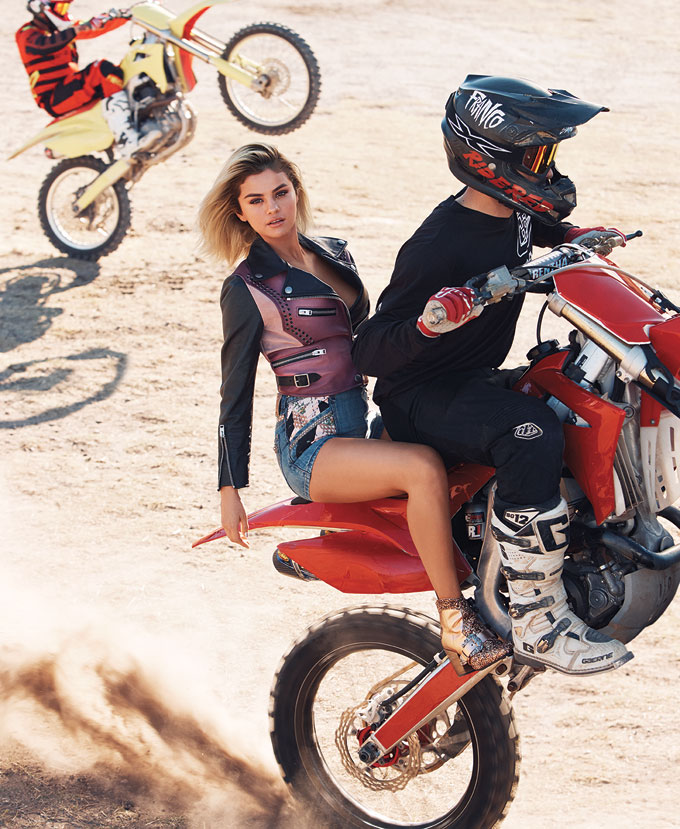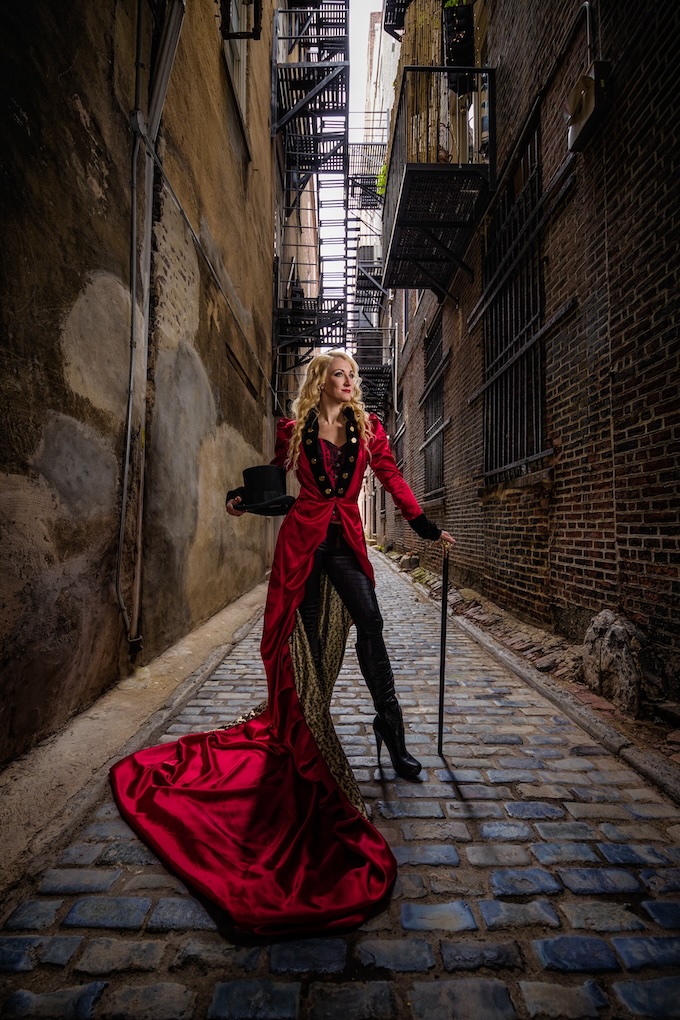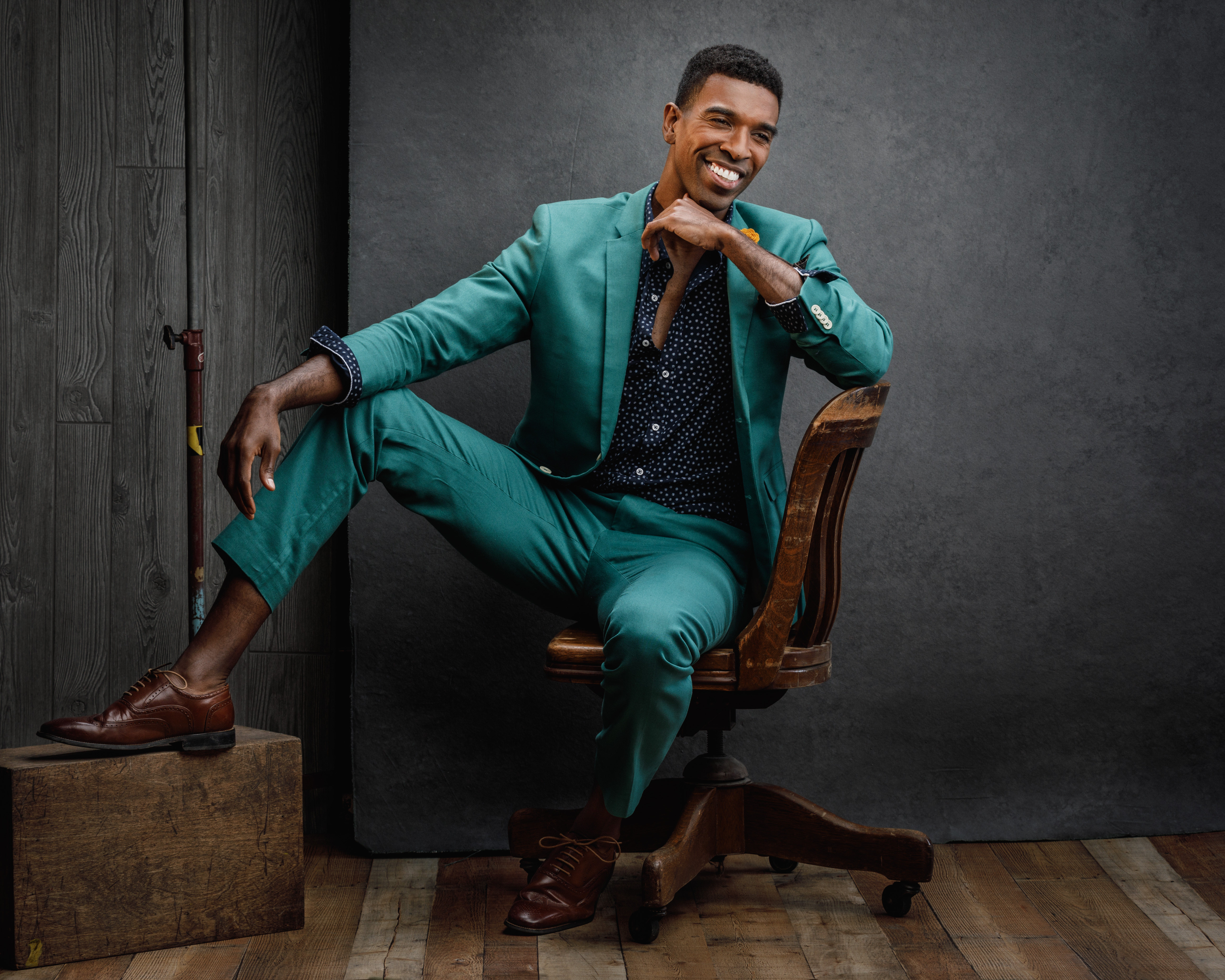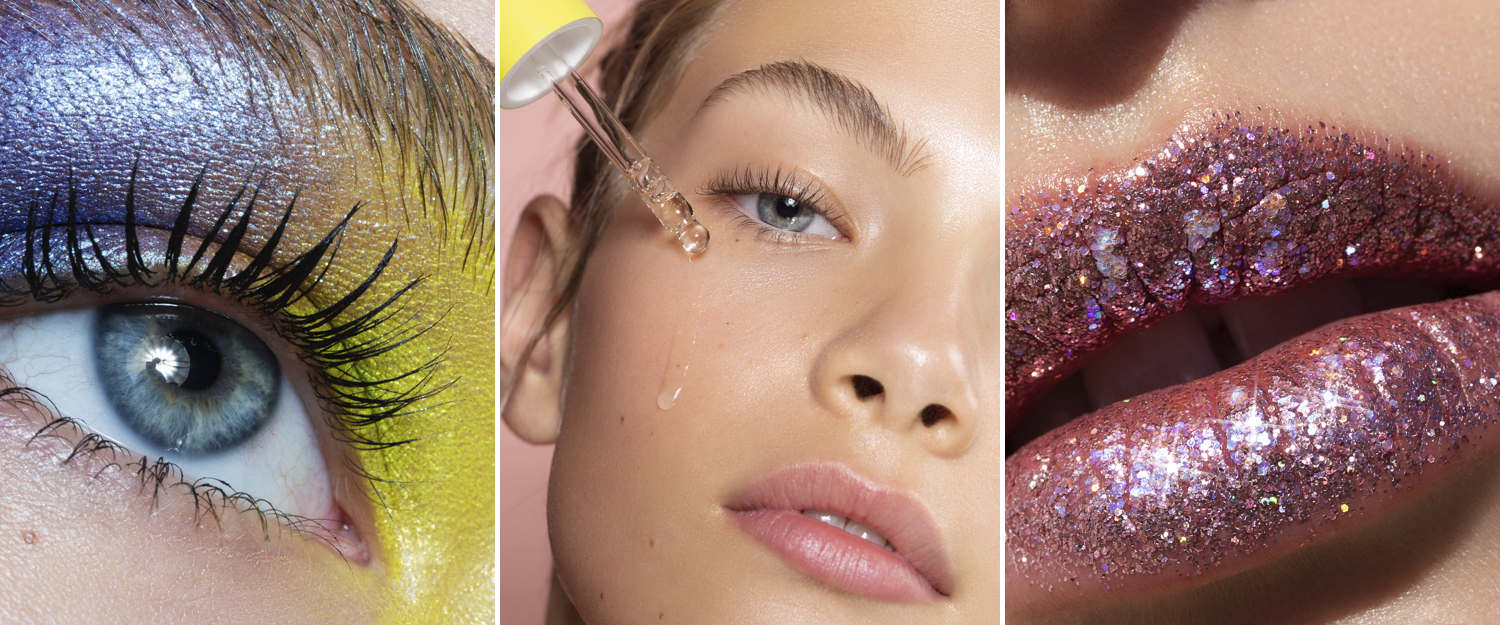WHY YOU SHOULD KNOW HIM
He trained with renowned fashion shooter Mario Testino, shoots regularly for Harper’s Bazaar, Vogue and GQ (among many other publications all over the world), and published two books: Diverse Beauty (Damiani 2016), with the goal of leveling the underrepresentation of women of different ethnicities in fashion media (with all proceeds going to Concern Worldwide, a humanitarian charity for which he is an ambassador), and Princely Advice for a Happy Life (Andrews McMeel Publishing 2015), originally titled Notes for a Young Prince and intended as a first birthday gift for his first son, Sole Luka. Lubomirski was selected to shoot the royal engagement and wedding photos after Prince Harry and Meghan Markle (now the Duchess of Sussex) saw his work on Instagram. He and his wife were guests at the royal wedding, too. At age 11, he learned about his own royal lineage through the Polish House of Lubomirski, which stretches back more than 500 years.
alexilubomirski.com
Instagram: @alexilubomirski

Julia Roberts—one of Lubomirski’s all-time favorite subjects—dangles from a rock for this October 2018 Harper’s Bazaar shoot.
You have quite a fascinating background: born in England to a Peruvian-English mother and a Polish-French father, then moving, at the age of 8, to Botswana with your mother and English stepfather. Did this upbringing help shape your approach to photography? How?
Alexi Lubomirski: Visually, it played a very big part in who I am today. I spent half the year in England and the other half in Botswana, and I can recall always traveling back and forth on this giant 747 plane, staring out the window as we would fly from London down across Europe and the Mediterranean, over Morocco and down the spine of Africa. It was the most amazing thing to see this breathtaking, changing landscape underneath me. Once we got over Africa, I could see desert, then jungle, then mountains and then just vast expanses of land. There would be nothing for miles and miles, and then all of a sudden, I would look down and see one house in the middle of nowhere. And because there was nothing else to do, my imagination would go wild, wondering who lived there, what they did for a living, what their daily existence was like. That really built the narrative in my head, and narrative is a very big part of what I do in fashion photography—how I look at things, what appeals to me and why.
At what point did you know you wanted to pursue photography as a career?
AL: I think at a number of junctions, it sort of stuck its head out. When I was about 11, my stepfather gave me my first camera. He loved taking photographs too, and there was one picture that he took that really stayed with me and defined my interests years later. We were sitting outside eating ice cream. I was licking the drippings off the cone I had in my hand. I remember glancing to the left and seeing my stepfather take a picture of me and wondering what it was he got, exactly. In those days, everyone shot film, so you had to wait for what seemed like months until the roll was finished! When the photo finally arrived, I saw that he had caught me in the moment where I was catching the ice cream in my mouth while looking towards the camera. It was such an amazing thing for me to see how the moment was caught perfectly in that one frame.
After that, I was always taking photos of friends and of my brother and sister, who were much younger than me. I would always force them into being my subjects, making them act out these bizarre storylines, some of which involved lying down on a country road [laughs] and they’d be like, “Tell us if a car is coming,” and I’d be snapping away saying, “Sure, sure, sure,” while trying to figure out the f-stop. I still get tingles when I capture something in a frame that can’t be recreated exactly the same way ever again, like throwing a dress a certain way in the air during a fashion shoot or capturing the intimacy between a couple. There’s something so magical about that.
Why fashion photography? You’ve been doing it for 15 years, so it obviously stuck.
AL: I attended the University of Brighton in England, to study photography, and it was a very concept-based course. So, for example, the instructor would give us a word and say, “Now go and shoot it,” and four weeks later, you’d have to come back with pictures of the concept. It didn’t matter what word they gave me, I would always go and find the best- looking girl and the best-looking guy, and I would dress the guy up in my dad’s old suit and get the girl to bring her highest heels and sexiest dress, and have them act out film scenes. I always had them running away from something that the viewer couldn’t see, some imaginary monster or something. At the end of the course, I remember my teacher saying to me, “I am giving you the worst grade possible, because I don’t think you understood the course. That said, I think you will be a great fashion photographer.”
After that, I remember going to London and knocking on everyone’s door very naively, not realizing you had to book an appointment with a photo agent or magazine editor. Everyone shut the door in my face and I was completely demoralized, but then I came to the last name on the list, a photo agent, as she was leaving her office. She looked at my work, laughed and said, “I love the sense of humor in your work. I don’t think you are ready to be a photographer, but you should be an assistant—Mario Testino is looking for someone.” And two weeks later, I was meeting Mario Testino.
What did you learn from Mario, who himself is a photo icon?
AL: I was always his second assistant, I never made it to first assistant, because the first just would not leave! My job was the one no one wanted, which was essentially to hold the flash above Mario’s camera. All I had to do all day, every time he took a frame, was lift it a few inches so that he wouldn’t hit his hand on the hot light. After a couple of months, I realized this was the best job to have on set because I was essentially just sitting on his shoulder, watching him and seeing how he talked and created this intimacy between himself and the subject. Discovering how he got the Queen to smile or how he got Gwyneth Paltrow to feel sexy when she wasn’t feeling so that day, or how to open someone up—that was priceless. I never use the same thing as him because I’m not him. But it was a great learning experience for me.
So, fast-forward to your big shoot last year. Where were you when you got the call that Prince Harry and Meghan Markle wanted you to shoot their engagement and wedding portraits?
AL: I was actually at a hospital in England, waiting for my mother to come out of a complicated surgery. It was quite a tense moment waiting for the news that she was okay (she was!), and when my cell phone rang and the person said they were calling from Kensington Palace, I thought it was a buddy pranking me. I was not amused. Thank goodness I didn’t hang up!
When the news came out, wedding photographers were not amused! Were you aware of their grumblings?
AL: I was. I have some friends who sent me the comments—they like to keep me grounded! And I totally understood where these photographers were coming from. I am not a wedding photographer. But a lot of people didn’t realize that there was an army of photographers shooting the actual wedding. I only shot the engagement pictures and the formal portraits in between the ceremony and reception. You can’t please everyone, but when it comes to creative things, you have to follow your gut. And as long as you do and you like what you do, then it doesn’t matter who you please and who you displease—there will always be someone you displease.
And when you did the wedding formals, you really followed your gut, despite the naysayers, some even on your own team.
AL: We were given 4 minutes per setup, and we had to do six group setups, apart from one where we could do the couple alone. There was the couple with the bridesmaids, the couple with groomsmen, and I knew that 4 minutes would be taken removing the previous subjects and then getting the other subjects in, and in the right spot, and then taking 30 seconds to take the picture. So, we went in the day before and we chose the room we were going to shoot in, and I had my assistant sit in and be the Queen, be Philip, be Prince Charles, and we got all of the lighting set up that way. As all photographers know, because they have that creative voice inside them, it comes out sometimes at the most annoying time and it’s that voice that tells you to go a different way. I had done all of this research about royal photography and how it’s a historical document. I looked at all the royal wedding photography over the last century and it was all very symmetrical. There was a certain linear aspect to it, and a stiffness to it. What I wanted to do was to loosen it all up a bit. Obviously there were parameters to work within, but within those fine lines I was able to make little tweaks. When we were setting up everything and we were just about to pack up for the day, my annoying, creative gut voice said to myself, “Why don’t you try shifting the whole set 45 degrees?” I told my assistants, and they said, “That won’t work because then you’ll be shooting diagonally onto the room,” and I said I had to try it anyway. We did it and it broke up the picture the way I wanted. I just went with my gut.
And when you took the engagement photos of Harry and Meghan outside, you went with your gut and so did they, right?
AL: We talked about how we wanted to approach it. And one word that came out for the engagement pictures was “authentic.” They wanted it to be authentic to them, which is why we kept it very loose. There was this thing between them. He’d be talking and he’d suddenly look at her and she’d glance at him, and they’d lock eyes and they are smiling. It was a sparkle. It was exactly what I wanted to capture.
Much of what gets written about you emphasizes how you are a rare gem in the fashion industry—genuine, thoughtful, and you take your role in the humanitarian charity Concern Worldwide very seriously. You also go out of your way to include more diversity in your industry. You really are a good guy. What do you say to that?
AL: I say, I’m not a tortured artist, I’m not going to say to my subject, “I’ve got this creative vision and nothing else matters.” That’s not really appreciating the other person or their wishes and desires. What I’m talking about is a less ego-driven approach to fashion photography. It’s a very trusting thing being photographed by somebody. I become that person that they want me to be. And then this trust forms, and when they trust me, they’re willing to give me more.
See Alexi at WPPI 2019
Kick off the week with our keynote speaker!
Tuesday night, February 26 at Mandalay Bay in Las Vegas, NV
Related: How to Get Weddings and Portraits Published in a Major Publication
Innovations in Wedding Photography Aren’t Coming From Wedding Photography
Making a Move to Styled Editorial Shoots for Top Magazines
Creating Compelling Wedding Portraits That Your Clients Will Love
Rangefinder Editors Share Their Favorite Portraits of 2018







